Apple Watch Continuous Heart Rate Monitor Watch Os4
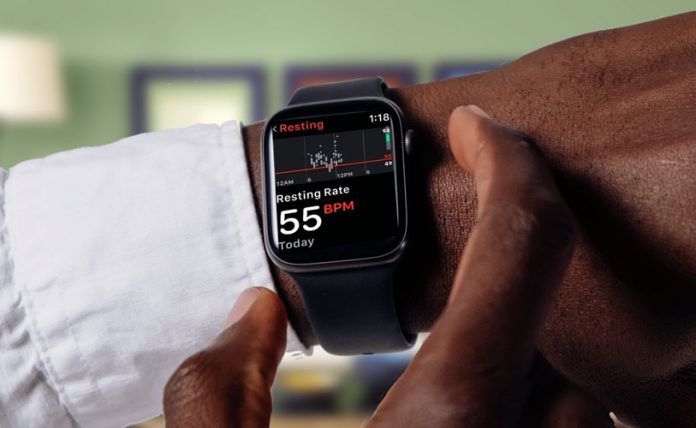
Many users noticed that after the latest iOS update, their Apple Watch was having several issues with the heart rate feature. From Apple Watch not reading heart rate to heart rate not recording, there have been many issues.
Is this due to a bug in the Apple Watch's programming? Or is there an issue with the device itself? Keep reading to see what applies to your situation.
Suggested reading:
- Complete Guide to Apple Watch Heart Rate Zones
- How to force restart your Apple Watch to fix issues
- How to check Recovery heart rate on your Apple Watch and why it needs your attention
- Apple Watch guide to understanding and using Heart Rate Variability (HRV)
- Apple Watch ECG isn't working? Here's how to fix it
Is your heart rate not showing up on your Apple Watch face?

If your heart rate is not showing up on your Apple Watch face complication, then the first thing you need to do is check to see if Background App Refresh is on for Heart Rate .
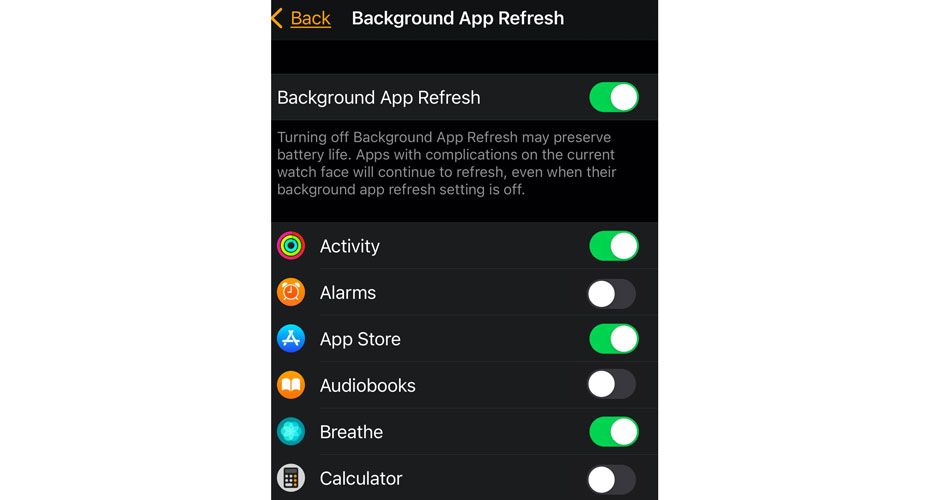
- To turn on Background App Refresh, open the Watch app on your iPhone.
- Select General and tap on Background App Refresh.
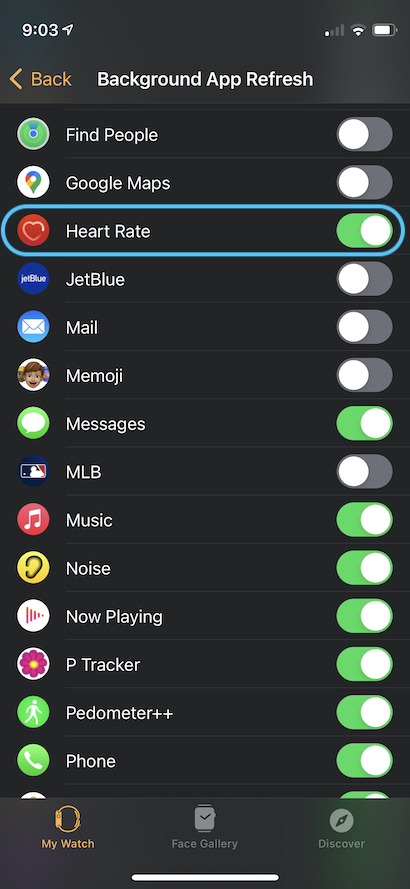
Here you can see Background App Refresh is on for Heart Rate. - Then, scroll down to make sure that the Heart Rate option is on.
If Background App Refresh is on, then the next thing you need to check is to see if you have Power Saving Mode during workouts enabled .
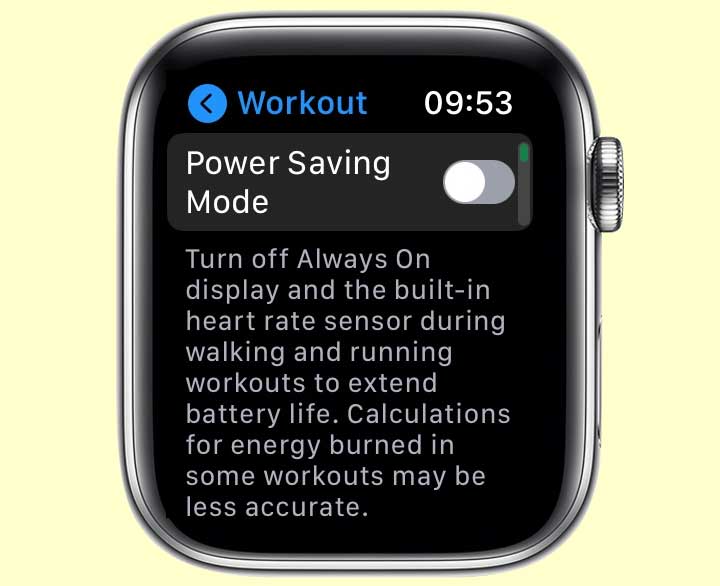
- To check this, open the Settings app on your Apple Watch.
- Then, you have to scroll down to Workout, tap it, and ensure that Power Saving Mode is off.
If you have checked both of these settings and they are correct, the next step you need to do is force a reboot of your Apple Watch . 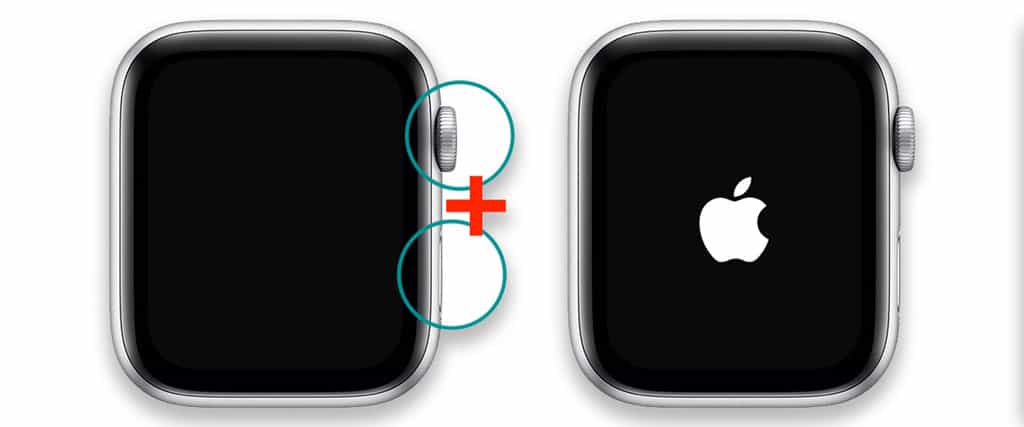
- To force restart your Apple Watch, press and hold down both the crown and side buttons until the Apple logo appears on the screen.
- Let your watch reboot for a minute. Once it is up and running, check to see if your heart rate complication is working.
Heart Rate not recording data during workout
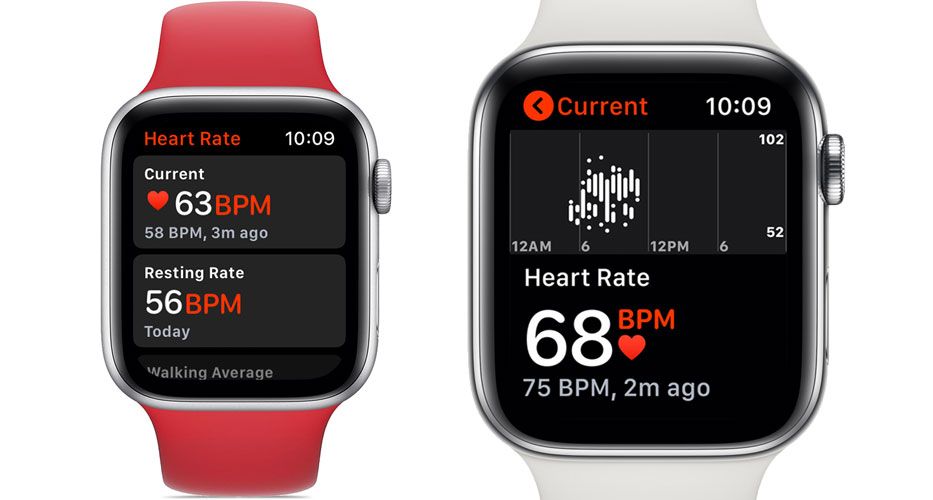
If your Apple Watch is not recording your heart rate during a workout, there's a simple fix for this.
First, check to see how your watch band fits.
Is it too loose? Too tight? For your Apple Watch to check your heart rate, the sensor needs to connect with your skin.
So make sure your watch band fits just right. If it is too loose, the sensor won't be able to record your heart rate.
But if your watch fits perfectly, then go ahead and restart your Apple Watch .
After your watch restarts, go check to see if it records your heart rate during a workout.
If your Apple Watch still isn't recording your heart rate during a workout, then let's check your iPhone's privacy settings .![]()
- Open the Settings app on your iPhone, and scroll down to Privacy.
- Scroll down to Motion & Fitness and make sure that both Fitness Tracking and Health are on.
Once you make sure those settings are on, open the Watch app on your iPhone.
- First, you want to check to see if Workout Power Saving Mode is on. If it is, you need to turn it off. To do so, scroll down to Workout and if it is on, turn it off.
- Next, you want to check if Heart Rate and Fitness Tracking are on. Go to the Privacy tab and confirm those features are on.
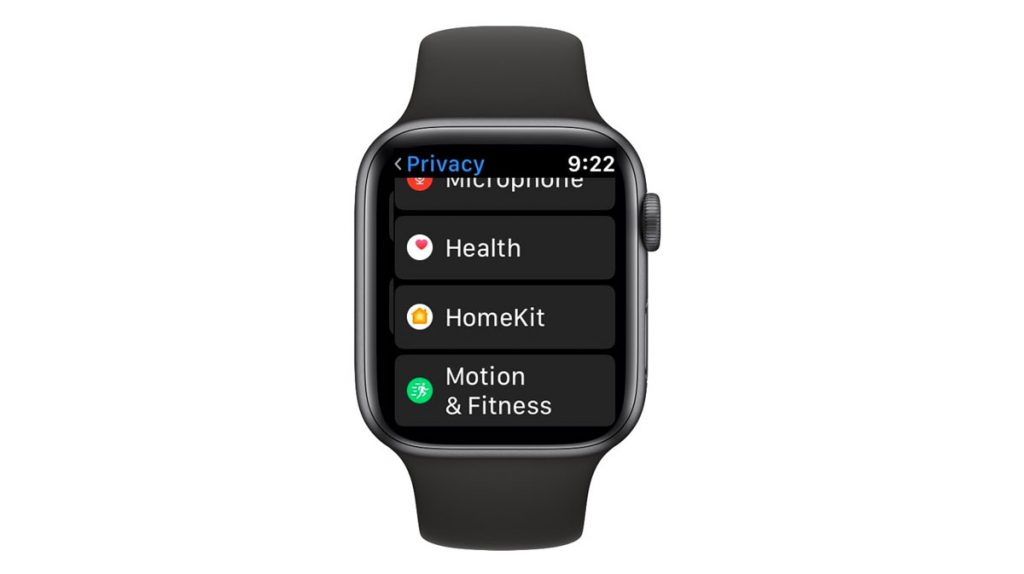
- Lastly, make sure Wrist Detection is on. Go to Passcode and make sure that it is on.
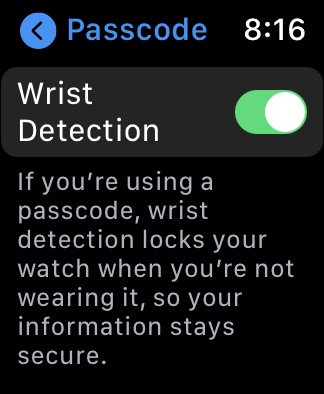
If any of those settings were incorrect, that is most likely the reason why your Apple Watch was not recording your heart rate.
But if those settings are correct and you're still having issues with the heart rate feature, the problem might be with your sensor.
Is the issue with your Apple Watch's sensor?
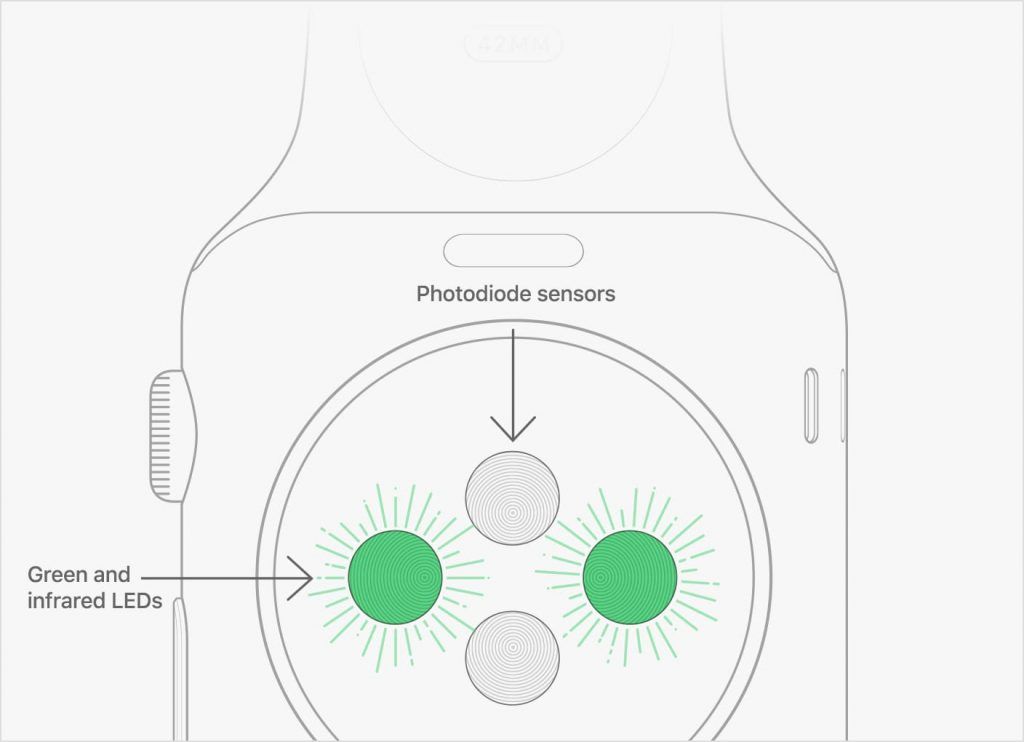
If you have tried all of our previous suggestions on fixing your Apple Watch's heart rate, then the issue may be with your watch's sensor.
The sensor is on the back of the watch itself. In the past, you may have noticed a green or red light there from time to time. That's the sensor! 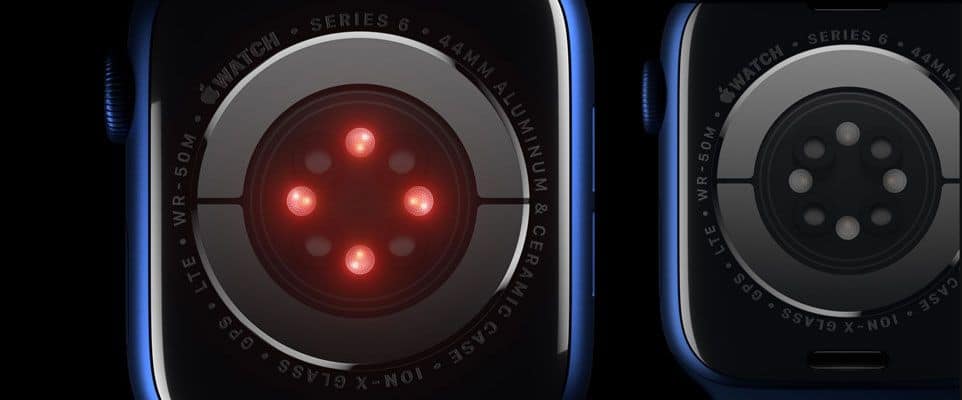
To check to see if the sensor is working, you should first check your heart rate in the Heart Rate app.
If everything looks normal, the issue might be due to the delay from the Workout app.
But if the Heart Rate chart is inconsistent, then the issue is definitely due to the sensor.
Try cleaning the watch's sensors
Before you do anything drastic, try giving your watch and its sensor a good cleaning.
The best way to clean your Apple Watch is to wipe it with a nonabrasive, lint-free cloth. You can lightly dampen the cloth with some water, a 70 percent isopropyl alcohol wipe, or Clorox Disinfecting wipe.
All you need is a little bit of water to clean your watch. You should not use soap or other cleaning products to clean your Apple Watch. While you're at it, you might as well clean your watch band too!
If it's cold outside
Something to keep in mind is that, according to Apple, cold weather can make your heart rate readings unreliable.
So if you have issues during the colder days, that could be why. If this happens, try wearing something warmer when you do your workout.
If you are still having issues after that, unpairing and re-pairing also seem to help.
Tips to improve your Apple Watch's heart rate accuracy during exercise 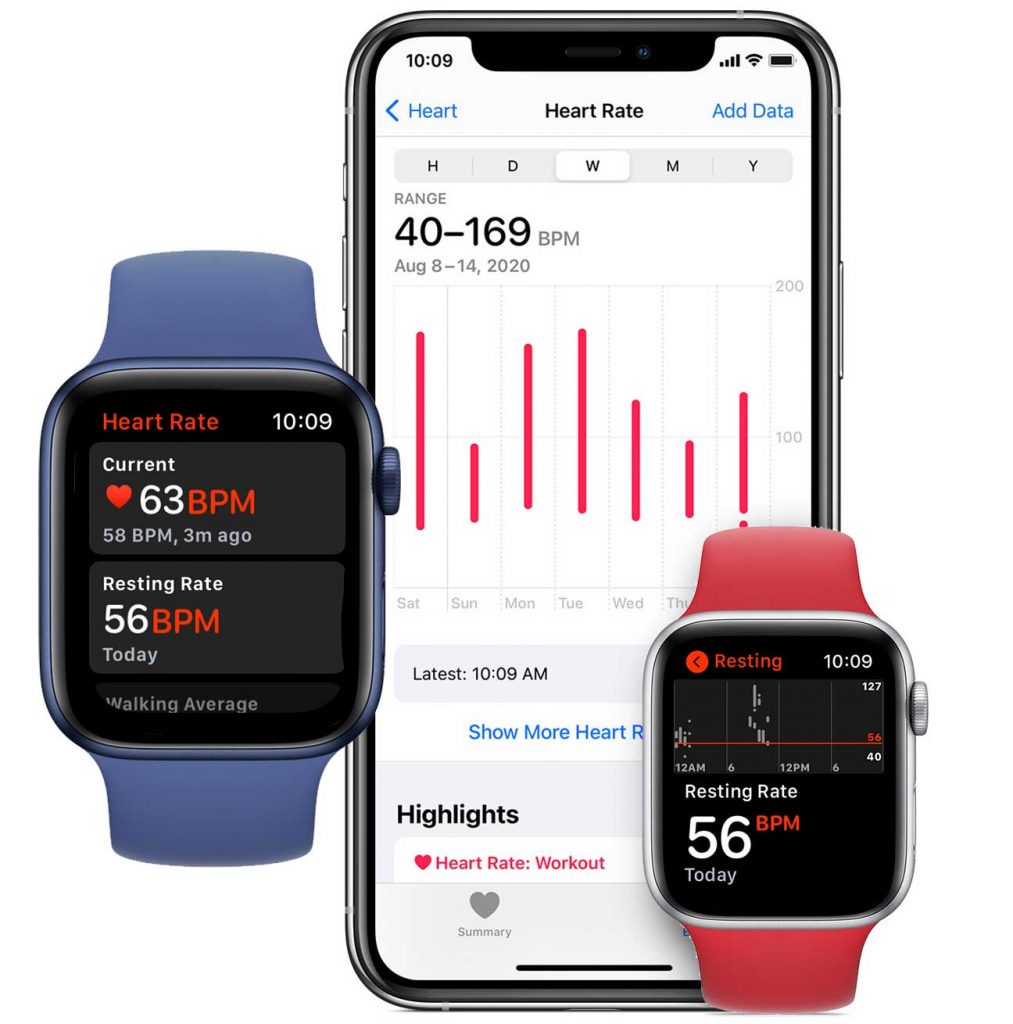
Surprisingly, a recent clinical study indicated that consumer-grade wearables like the Apple Watch were more accurate than research-grade wearables when a person is at rest. However, those same consumer wearables showed a higher error occurrence during activity and in particular, when responding to changes in a person's activity.
Update your watchOS to its latest version
Each time Apple releases a software update, they include changes that improve your watch's performance, including the way it receives and interprets data from its sensors.
So, if you haven't updated your watch in a while, now is a good time! 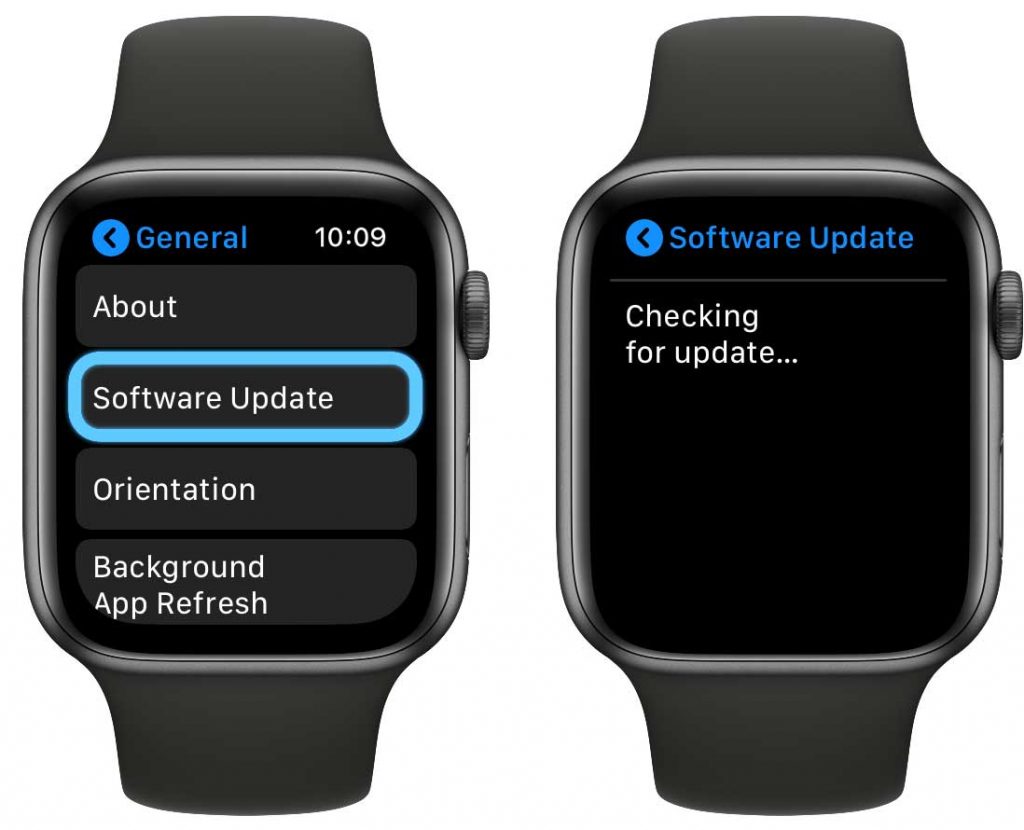
Get good and consistent skin contact
Your watch's sensors need direct skin contact to work. Verify that the watch is contacting the skin and place the watch above the wrist bone. It should be snug AND comfortable–you don't want it too loose or too tight.
If you have any tattoos or large birthmarks, try placing your watch away from these areas.
Wearing your watch on the inside of your wrist helps some people get better measurements. 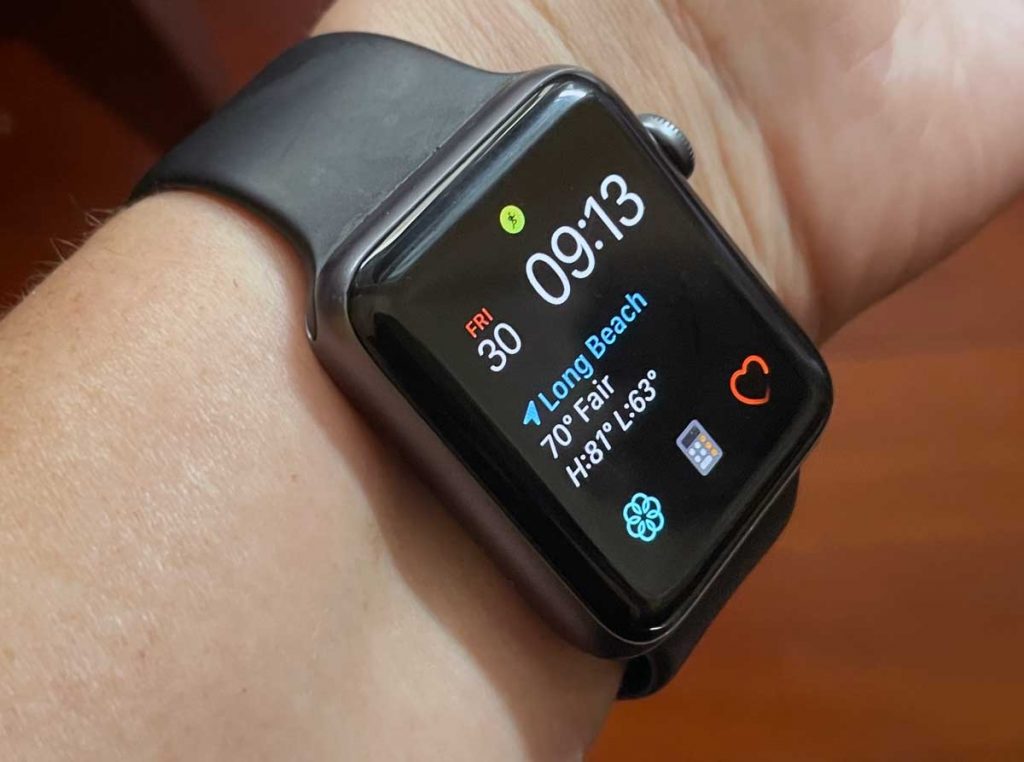
Watch out in cold temperatures
Colder temperatures decrease your body's blood flow and can impact your watch's heart rate sensor accuracy. If you exercise in the cold, the blood flow in your wrist might be too low for your watch's heart rate sensor to get a reading.
You get more accurate readings when exercising in mild to warm temperatures.
If you exercise in cold environments, try wearing your watch higher up your arm and not exposed directly to the cold (worn beneath your clothing, jacket, or gloves.)
Keep your wrist and arm movements steady
When you move your arm, wrist, or hand irregularly, it can affect how the sensor reads your heart rate. The less you move your wrist, the more accurate the sensor is.
Several studies indicated that a smartwatch's heart rate measurement is often less accurate during cyclic wrist motions. That's why rhythmic workouts like running or cycling, often are more accurate in recording your heart rate than workouts with irregular movements like tennis or boxing.
If your workout type uses a lot of arm, wrist, or hand movements, tighten your watch's band and make sure you place it above, not on, the wrist bone.
Update your watch to a newer model
If you use a model that came out a few years ago (or more,) it may be time to upgrade.
With Apple continued research and development, newer Series watches (more recent release date) include updated sensors and technology that yields higher accuracy.
Recent studies demonstrate this too! The study "Investigating sources of inaccuracy in wearable optical heart rate sensors" determined:
We found that devices with higher cost, a more recent release date, and a larger market had higher accuracy.
Because of the limited scope of the devices used, we cannot tease apart the effects of each of these three factors.
While device release year is noted here, all devices used in this study had software updates as of the beginning of the study.
Thus, while hardware differences may exist, software is updated frequently on these devices to help prevent obsolescence in the older technologies.
Use a chest or arm strap instead 
If you tried everything and you still can't get consistent heart rate readings, consider connecting your Apple Watch wirelessly (via Bluetooth) to an external heart rate monitoring chest or arm strap.
See this article for some of our top recommendations!
Final thoughts
I hope your watch is now tracking your heart rate!
It's always best to run a few tests to make sure, so wear your watch for a few days and nights and take a look at the Health app to see if the data is there.
If everything looks good, don't forget to turn on notifications for things like high heart rate! You can even set notifications for low heart rate or get irregular rhythm notifications (depending on local support for these features.)
If your watch continues to have problems getting your heart rate or the data it outputs doesn't look right, contact Apple Support or visit a nearby Apple Store for further assistance.
And if you have a tip we didn't cover, please consider letting us know in the comments so we can pay it forward and share it with our readers.
Source: https://www.myhealthyapple.com/apple-watch-not-reading-heart-rate-heres-the-fix/
0 Response to "Apple Watch Continuous Heart Rate Monitor Watch Os4"
Post a Comment